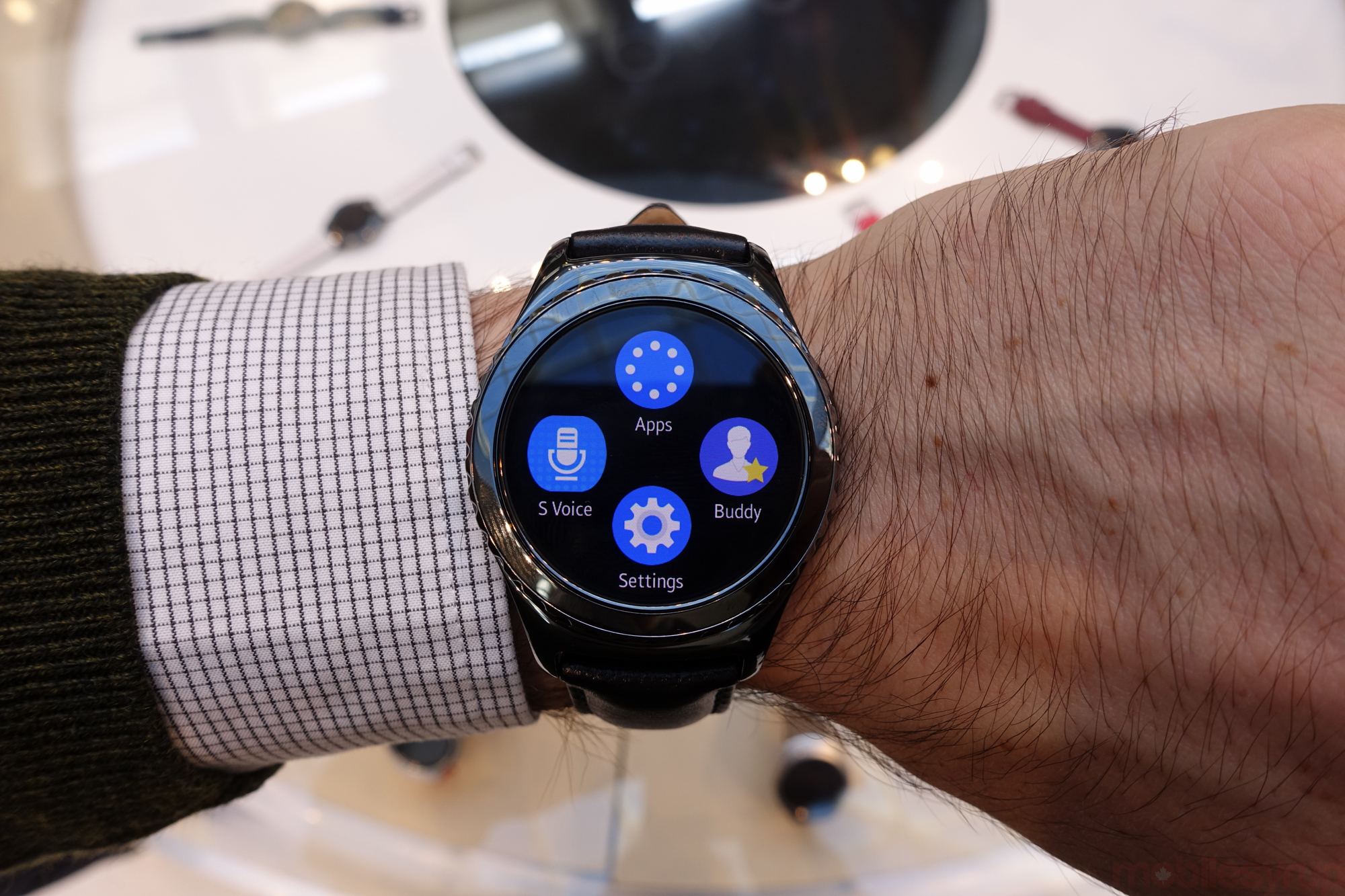
A company’s patents aren’t always a solid way to determine what products will make it out of research and development, but they can give insight into the direction it plans to take its products in the future.
In the case of wearable technology, there are obvious shortcomings to devices such as the Apple Watch and Gear VR headset, that could be addressed in future versions.
Recently, a patent filing from Samsung dating back in 2014 was uncovered, revealing an interesting way to get around the small size of a smartwatch face. The technique involves using a projector to beam additional display space onto the wearer’s arm. The system would allow a user to interact with the watch by touching their arm, or with simple gestures above the interface. It’s a novel idea for reducing the impact of the constraints of a smartwatch screen, while enabling all new digital interactions.
The uncovering of this patent comes at the same time as the release of a video from the Future Interfaces Group at Carnegie Mellon called “SkinTrack,” a navigation system that utilizes different technology to accomplish a similar goal. SkinTrack’s tech uses electrodes located inside a smartwatch, coupled with a ring that emits electromagnetic signals that are picked up by the skin. Electrodes on the wrist-worn device can then triangulate those signals, allowing them to know exactly where the user pressed, interpreting the touch as though the arm is an extension of the smartwatch display.
Both of these projects are still likely in the preliminary stages of development, and given the patent is two years old, it’s possible Samsung has cancelled the project at some point in the last two years.
Related reading: Researchers develop skin-touch gesture user-interface for wearables
[source]Android Headlines[/source]
MobileSyrup may earn a commission from purchases made via our links, which helps fund the journalism we provide free on our website. These links do not influence our editorial content. Support us here.


